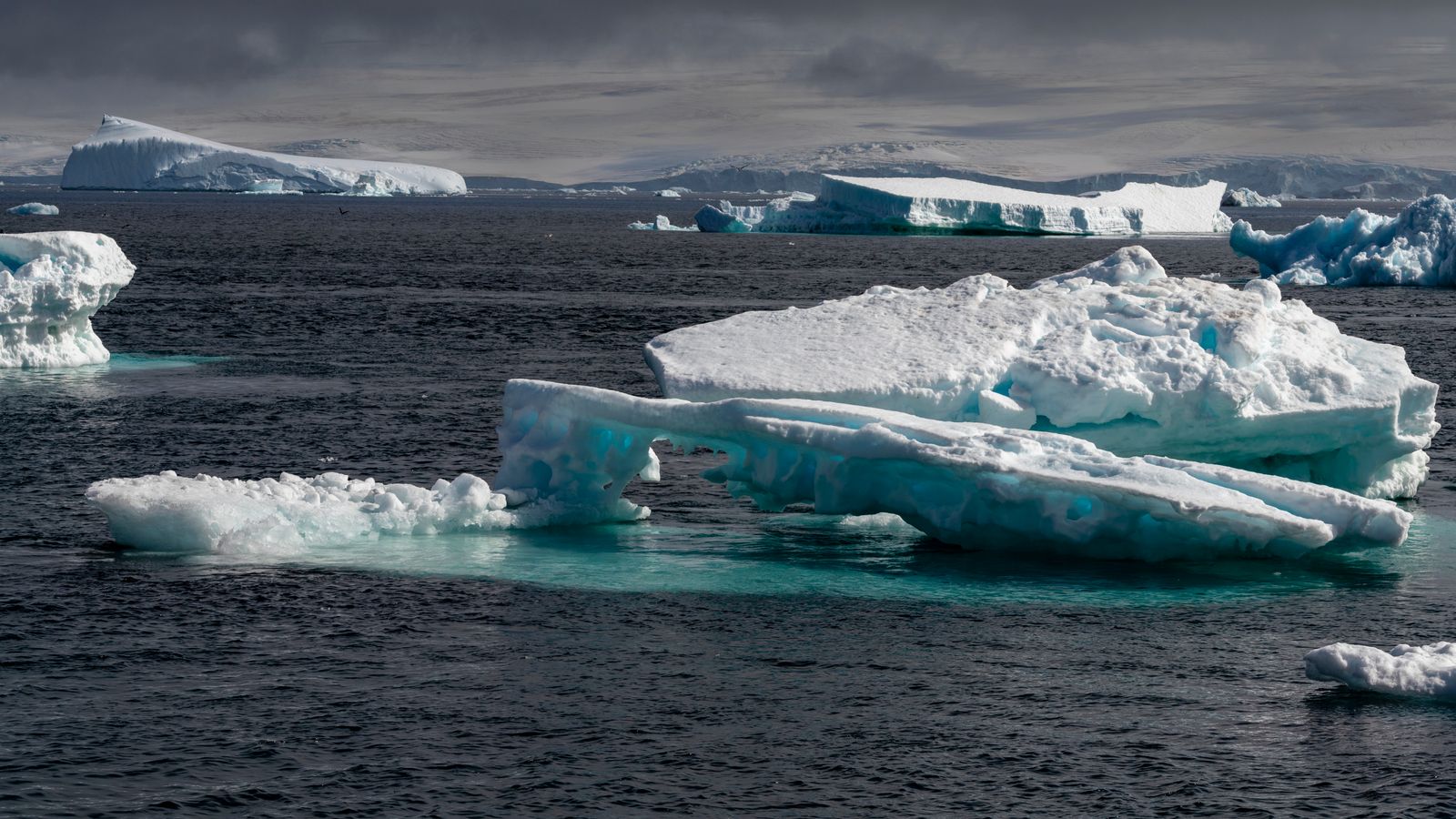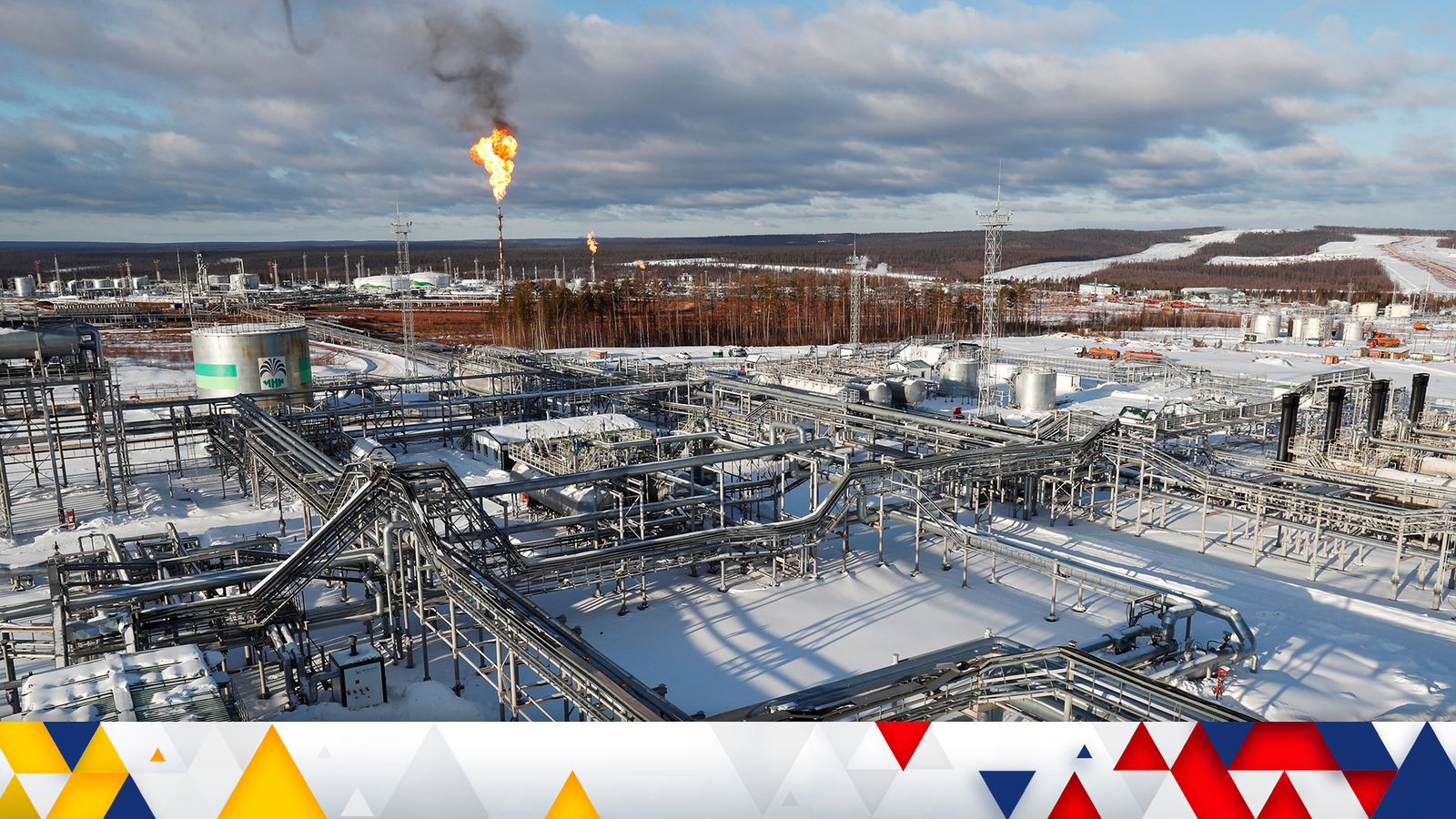The amount of sea ice around Antarctica is at a record low for the end of June, the Met Office has said.
It is significantly below the previous record, by 1.3 million sq km (501,930 sq miles) – an area more than five times that of the UK.
Dr Ed Blockley, who leads the forecaster’s Polar Climate Group, said: “Antarctic sea ice extent reaches a maximum around the end of September and a minimum around the end of February.
“At the end of June, the extent of sea ice should be building to a mid-point between the maximum and the minimum.
“However, this year the ice is expanding very slowly with the consequence that the extent is way below the long-term (1981-2010) average.
“The annual minimum extent in February 2023 was the lowest since satellite records began in 1979, just over one million sq km below the long-term average.
“The current extent is extraordinarily low: it is in excess of 2.5 million sq km (965,255 sq miles) below average for the time of year.”
World has lost battle to stop glaciers melting and sea level rising, UN meteorological chief says
Dramatic changes to polar ice caps revealed on new map of Arctic and Antarctica
Fears for marine wildlife as scientists track two of the world’s biggest icebergs
Be the first to get Breaking News
Install the Sky News app for free
Read more:
Teams on stand-by to pump England’s rivers with oxygen to protect fish due to hot weather
Satellite images show smoke from Canada wildfires across UK – as fresh alerts issued in US
El Nino, a phenomenon which heats up the eastern Pacific Ocean, mixed with anomalous atmospheric circulation patterns around Antarctica, could be preventing ice from recovering during the winter, according to some experts.
Southern continent temperatures will continue to fall as winter continues, which should give the ice more time to extend.
Dr Blockley said: “It is too early to speculate whether ice extent will remain at extremely low levels.
“There is still time this season for the ice to recover but given the record lows we have seen we have to remain concerned about the likelihood of a record low winter maximum.”
Earlier this month, the dramatic changes to the polar ice caps caused by climate change were reflected in a new edition map of Antarctica and the Arctic.
Produced by cartographers at the British Antarctic Survey (BAS), the flagship printed map needs updating regularly to keep track of the rapidly changing environments.
In February, scientists issued a warning that Antarctica’s vast Thwaites glacier could push up global sea levels by half a metre because of its melting ice.
They detected a critical point in Thwaites’ chaotic breakup, “where it’s melting so quickly there, there’s just material streaming out of the glacier,” said robot creator and polar scientist Britney Schmidt of Cornell University, New York.








